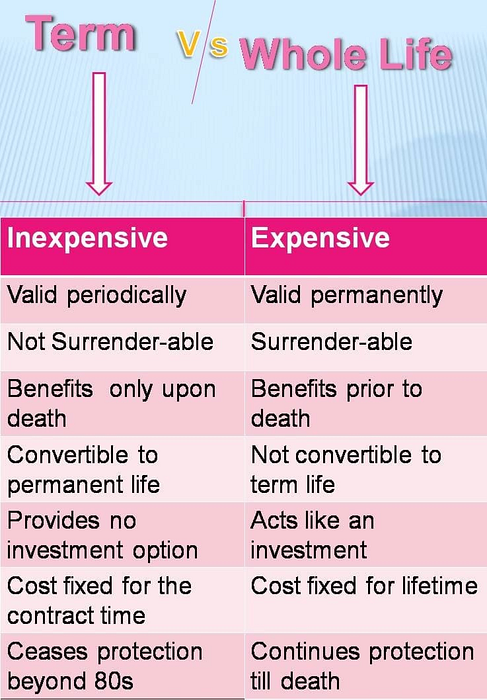It is moneyed by a 2% tax levy on all taxpayers, an extra 1% levy on high earnings earners, along with general income. The personal health system is moneyed by a variety of personal medical insurance companies. The biggest of these is Medibank Private Limited, which was, up until 2014, a government-owned entity, when it was privatized and listed on the Australian Stock Market. Australian health funds can be either 'for revenue' including Bupa and nib; 'mutual' including Australian Unity; or 'non-profit' consisting of GMHBA, HCF and the HBF Medical Insurance. Some, such as Police Health, have membership restricted to specific groups, but the majority have open membership.
These contrast sites run on a commission-basis by contract with their participating health funds. The Private Health Insurance Ombudsman also runs a complimentary website that enables customers to browse for and compare personal health insurance companies' products, which consists of details on price and level of cover. What is renters insurance. Many elements of personal medical insurance in Australia are managed by the Private Medical Insurance Act 2007. Grievances and reporting of the personal health industry is performed by an independent federal government firm, the Private Medical Insurance Ombudsman. The ombudsman publishes an annual report that details the number and nature of complaints per health fund compared to their market share The personal health system in Australia operates on a "community rating" basis, whereby premiums do not vary exclusively due to the fact that of a person's previous case history, present state of health, or (usually speaking) their age (but see Life time Health Cover listed below). Private medical insurance coverage does not normally cover emergency situation treatment however subsequent healing could be paid for if the patient were moved into a personal client system. On the 1st of August, 2018 the DHHS issued a final rule which Click here for more info made federal modifications to Short-Term, Limited-Duration Health Insurance (STLDI) Youwalkaway Com which extended the optimum contract term to 364 days and renewal for as much as 36 months. This brand-new guideline, in mix with the expiration of the charge for the Specific Mandate of the Affordable Care Act, has actually been the topic of independent analysis. The United States healthcare system relies greatly on private health insurance, which is the primary source of coverage for many Americans.
9% of American grownups had personal medical insurance, according to The Center for Illness Control and Prevention. The Agency for Health Care Research Study and Quality (AHRQ) found that in 2011, private insurance was billed for 12. 2 million U.S. inpatient hospital stays and sustained approximately $112. 5 billion in aggregate inpatient medical facility costs (29% Check over here of the overall national aggregate costs). Public programs supply the primary source of coverage for most senior people and for low-income kids and families who fulfill particular eligibility requirements. The primary public programs are Medicare, a federal social insurance coverage program for seniors and particular disabled people; and Medicaid, funded collectively by the federal government and states however administered at the state level, which covers certain really low income kids and their households.
SCHIP is a federal-state collaboration that serves specific children and families who do not certify for Medicaid but who can not afford private coverage. Other public programs consist of military health benefits supplied through TRICARE and the Veterans Health Administration and benefits provided through the Indian Health Service. Some states have additional programs for low-income people (What is commercial insurance). In the late 1990s and early 2000s, health advocacy business began to appear to assist clients deal with the intricacies of the healthcare system. The complexity of the health care system has actually led to a variety of issues for the American public. A study discovered that 62 percent of persons declaring personal bankruptcy in 2007 had overdue medical costs of $1000 or more, and in 92% of these cases the medical debts went beyond $5000.
The Medicare and Medicaid programs were approximated to quickly account for half of all nationwide health costs. These elements and numerous others sustained interest in an overhaul of the healthcare system in the United States. In 2010 President Obama signed into law the Client Security and Affordable Care Act. This Act includes an 'private mandate' that every American should have medical insurance (or pay a fine). Health policy professionals such as David Cutler and Jonathan Gruber, as well as the American medical insurance lobby group America's Medical insurance Plans, argued this arrangement was needed in order to offer "guaranteed problem" and a "community ranking," which attend to undesirable features of America's medical insurance system such as premium weightings, exclusions for pre-existing conditions, and the pre-screening of insurance coverage candidates.

The 45-Second Trick For How Does Insurance Work

The Patient Protection and Affordable Care Act was identified to be constitutional on 28 June 2012. The Supreme Court figured out that Congress had the authority to apply the private required within its taxing powers. In the late 19th century, "mishap insurance" began to be available, which ran similar to contemporary impairment insurance coverage. This payment design continued up until the start of the 20th century in some jurisdictions (like California), where all laws managing health insurance coverage in fact described impairment insurance coverage. Accident insurance coverage was very first provided in the United States by the Franklin Health Assurance Business of Massachusetts. This company, founded in 1850, used insurance coverage versus injuries emerging from railroad and steamboat accidents.